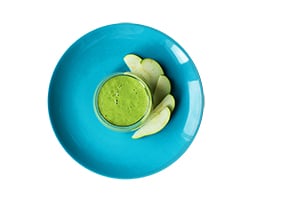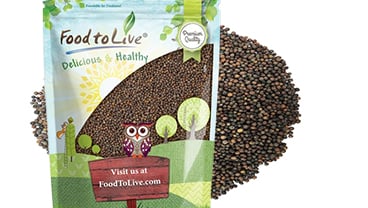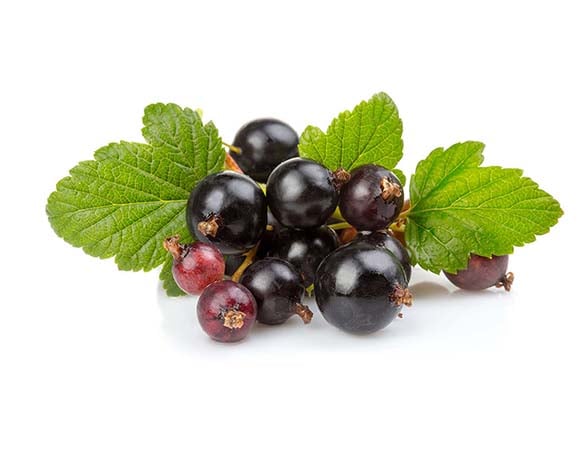March 05, 2021 · Written by Foodtolive Team
Kale Vs. Spinach: Which Is Healthier?
We all want to be healthy, energetic, and active, yet not all of us completely understand what should be consumed.
There are lots of nutritious foods available on the market, so let’s highlight some of the most popular ones, like – kale and spinach.
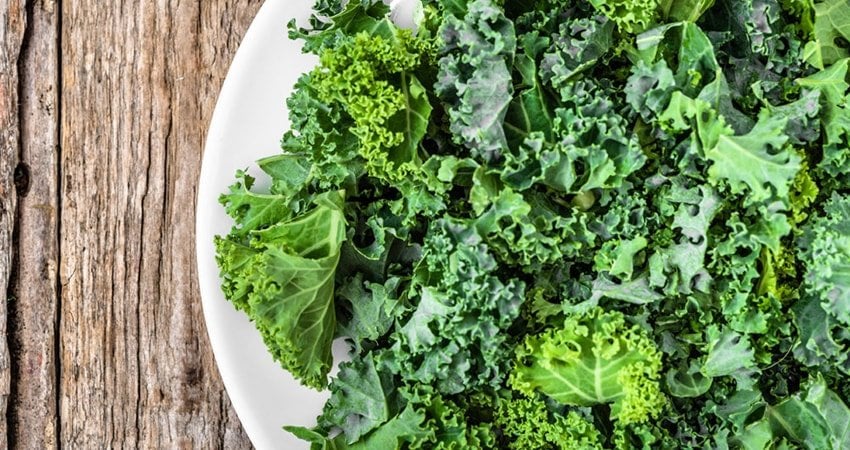
Kale as a food trend with its rich nutritional value
Kale is considered a superfood, as its usefulness for our health is enormous. Kale leaves contain more calcium than milk and the same amount of magnesium. This nutritious plant contains vitamins B, B1, B2, K, and PP. Kale is well known for its low-calorie level and is easily absorbed by the body.
The United States Department of Agriculture reports about the following nutrition value in 100g of kale:
- Calories (feces) 49
- Lipids 0.9 g
- Saturated fats 0.1 g
- Polyunsaturated fatty acids 0.3 g
- Monounsaturated fatty acids 0.1 g
- Cholesterol 0 mg
- Sodium 38 mg
- Potassium 491 mg
- Carbohydrates 9 g
- Protein 4.3 g
- Vitamin A 9 990 IU
- Vitamin C 120 mg
- Calcium 150 mg
- Iron 1.5 mg
- Vitamin D 0 IU
- Vitamin B6 0.3 mg
- Cobalamin 0 µg
- Magnesium 47 mg
According to the findings revealed by a group of scientists from Harvard T.H. Chan School of Public Health, regular consumption of kale helps to increase the level of optimism. The experiment conducted by the research group of the before-mentioned school can be reduced to the following conclusion: the men and women improved their mood by consuming kale. Indeed, the better mood we have, the healthier we are, the more energy we have, the more positive our attitude to life is and more mentally stronger we are.
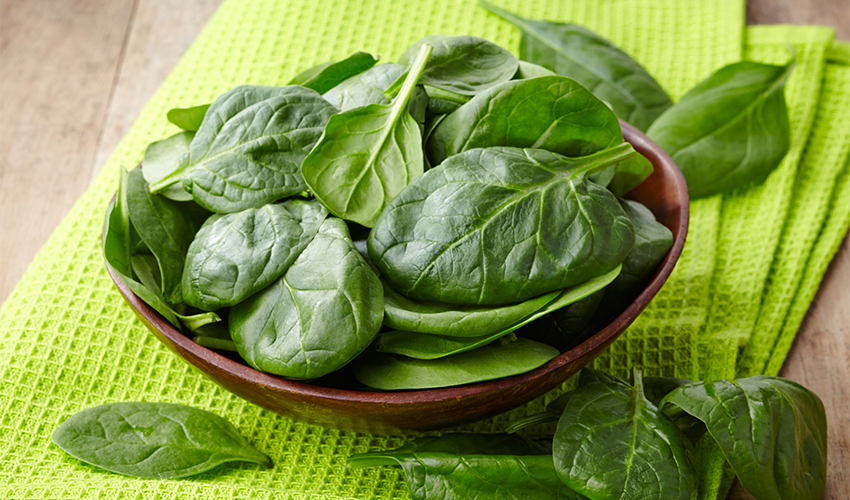
Spinach as a good alternative to kale
Spinach is a green herb that can ripen just in a month. Even though people tend to believe that spinach is a green, it is actually a vegetable. Spinach holds the record for potassium, iron and manganese content. It is primarily good for the heart, as it stimulates the functions of the cardiovascular system. It is also very useful for pregnant women and vegetarians.
Besides, spinach contains 29 useful vitamins, macro- and microelements. It contains the most vitamin K, A, beta-carotene, iron, vitamin C, magnesium, calcium, potassium and others. It is good for the skin, hematopoiesis, nervous system, blood vessels and heart. Due to a good content of vitamin K, spinach is a valuable resource for strengthening your bones: the stronger your bones are, the lower the risk of fractures is.
Here is the USDA nutrition data in 100 g of spinach:
- Protein 2.9 g
- Fat 0.3 g
- Carbohydrates 3 gr
- Saturated fatty acids 0.19 g
- Trans fatty acids 0 g
- Mono-unsaturated 0.02 g
- Polyunsaturated 0.16 g
- Cholesterol –
- Fibers 2 g
- Salt-
- Water 92 g
- Calcium 106 mg
Not only spinach fills the body with nutrients, but it also helps to remove toxins. With the help of spinach, cells are more actively filled with oxygen, it helps to improve metabolism, increases overall tone. For people whose lifestyle involves stressful situations, spinach helps to restore mental balance, increases efficiency. Eating spinach prevents the development of anemia, strengthens the walls of blood vessels, and stimulates the normal functioning of the pancreas and intestines. Iodine, which is contained in spinach, has an extremely beneficial effect on the thyroid gland and is indicated for people who have problems with this important organ.
Note that this product is an ideal combination with tomatoes, feta cheese, pasta, salmon and other fish, seafood, eggs, rice, spices, mushrooms, most vegetables, except cabbage.
What is the difference?
In fact, both products contain similar components, so we can assume that in some cases they can be used interchangeably especially when one of them is a part of your meal. Yet there is a slight difference between the two that should be definitely taken into account.
Kale is more saturated with vitamin С, while spinach provides more of vitamin K, vitamin A, vitamin E, folate, iron, magnesium, potassium, zinc.
Kale is bitter in taste in comparison to spinach, which is slightly sweet. Spinach doesn’t have a strong flavor and is perfectly combined in creamy and smooth dishes. Having a tender texture, it is quickly cooked, whereas kale normally requires being steamed and massaged to get chewy and crunchy in texture.
Which one should we choose?
Ideally, you should include both spinach and kale in your daily diet as they are nutritious, low in calories, and rich in a variety of vitamins, minerals, antioxidants, and fiber.
You should always choose a product paying special attention to its nutrition value and relying on your desired dietary goals.
Sources:
- https://fdc.nal.usda.gov/fdc-app.html#/food-details/511764/nutrients
- https://fdc.nal.usda.gov/fdc-app.html#/food-details/381585/nutrients


